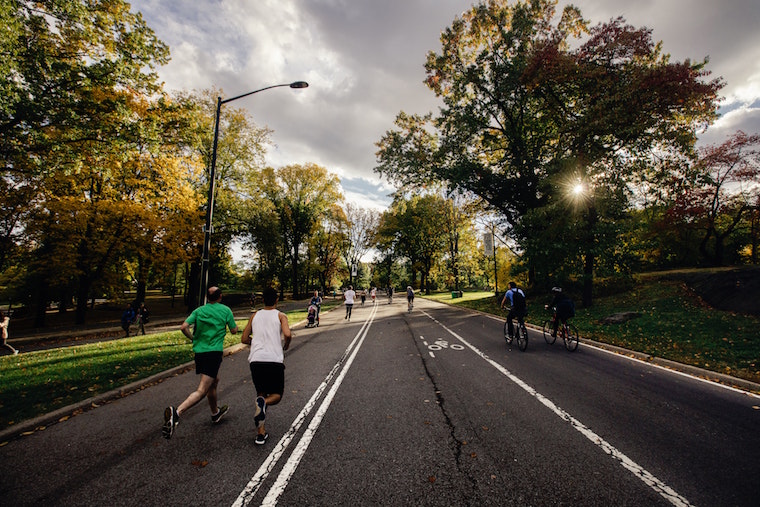[fusion_builder_container hundred_percent=”no” hundred_percent_height=”no” hundred_percent_height_scroll=”no” hundred_percent_height_center_content=”yes” equal_height_columns=”no” menu_anchor=”” hide_on_mobile=”small-visibility,medium-visibility,large-visibility” status=”published” publish_date=”” class=”” id=”” border_size=”” border_color=”” border_style=”solid” margin_top=”” margin_bottom=”” padding_top=”” padding_right=”” padding_bottom=”” padding_left=”” gradient_start_color=”” gradient_end_color=”” gradient_start_position=”0″ gradient_end_position=”100″ gradient_type=”linear” radial_direction=”center” linear_angle=”180″ background_color=”” background_image=”” background_position=”center center” background_repeat=”no-repeat” fade=”no” background_parallax=”none” enable_mobile=”no” parallax_speed=”0.3″ background_blend_mode=”none” video_mp4=”” video_webm=”” video_ogv=”” video_url=”” video_aspect_ratio=”16:9″ video_loop=”yes” video_mute=”yes” video_preview_image=”” filter_hue=”0″ filter_saturation=”100″ filter_brightness=”100″ filter_contrast=”100″ filter_invert=”0″ filter_sepia=”0″ filter_opacity=”100″ filter_blur=”0″ filter_hue_hover=”0″ filter_saturation_hover=”100″ filter_brightness_hover=”100″ filter_contrast_hover=”100″ filter_invert_hover=”0″ filter_sepia_hover=”0″ filter_opacity_hover=”100″ filter_blur_hover=”0″][fusion_builder_row][fusion_builder_column type=”1_1″ layout=”1_1″ spacing=”” center_content=”no” link=”” target=”_self” min_height=”” hide_on_mobile=”small-visibility,medium-visibility,large-visibility” class=”” id=”” hover_type=”none” border_size=”0″ border_color=”” border_style=”solid” border_position=”all” border_radius=”” box_shadow=”no” dimension_box_shadow=”” box_shadow_blur=”0″ box_shadow_spread=”0″ box_shadow_color=”” box_shadow_style=”” padding_top=”” padding_right=”” padding_bottom=”” padding_left=”” margin_top=”” margin_bottom=”” background_type=”single” gradient_start_color=”” gradient_end_color=”” gradient_start_position=”0″ gradient_end_position=”100″ gradient_type=”linear” radial_direction=”center” linear_angle=”180″ background_color=”” background_image=”” background_image_id=”” background_position=”left top” background_repeat=”no-repeat” background_blend_mode=”none” animation_type=”” animation_direction=”left” animation_speed=”0.3″ animation_offset=”” filter_type=”regular” filter_hue=”0″ filter_saturation=”100″ filter_brightness=”100″ filter_contrast=”100″ filter_invert=”0″ filter_sepia=”0″ filter_opacity=”100″ filter_blur=”0″ filter_hue_hover=”0″ filter_saturation_hover=”100″ filter_brightness_hover=”100″ filter_contrast_hover=”100″ filter_invert_hover=”0″ filter_sepia_hover=”0″ filter_opacity_hover=”100″ filter_blur_hover=”0″ last=”no”][fusion_title title_type=”text” rotation_effect=”bounceIn” display_time=”1200″ highlight_effect=”circle” loop_animation=”off” highlight_width=”9″ highlight_top_margin=”0″ before_text=”” rotation_text=”” highlight_text=”” after_text=”” hide_on_mobile=”small-visibility,medium-visibility,large-visibility” class=”” id=”” content_align=”center” size=”4″ font_size=”” animated_font_size=”” line_height=”” letter_spacing=”” margin_top=”” margin_bottom=”” margin_top_mobile=”” margin_bottom_mobile=”” text_color=”” animated_text_color=”” highlight_color=”” style_type=”default” sep_color=””]Are You at Risk for Type 2 Diabetes?[/fusion_title][fusion_text columns=”” column_min_width=”” column_spacing=”” rule_style=”default” rule_size=”” rule_color=”” hide_on_mobile=”small-visibility,medium-visibility,large-visibility” class=”” id=”” animation_type=”” animation_direction=”left” animation_speed=”0.3″ animation_offset=””]
According to the National Institute of Diabetes and Digestive and Kidney Diseases (NIDDK), diabetes affects about 30.3 million Americans or about 9.4% of the U.S. population, and nearly one in four living with diabetes don’t know they have it.1 Additional statistics show that another 84 million Americans have prediabetes, a condition in which blood glucose levels are higher than normal, but not high enough to be diagnosed as diabetes.2 Since nine out of 10 adults with prediabetes don’t know they have it,3 they may not take precautions.
How do you know if you’re at risk? Just as with most diseases, if you have a family history of diabetes, you have a greater chance of developing type 2 diabetes. Other risk factors include being older than 45, being overweight or leading a sedentary lifestyle.4
Since diabetes can cause other health problems, such as heart disease, stroke, impaired sight and foot issues, taking adequate preventative measures is prudent. Delaying diabetes by even a few years may benefit your health.5 The NIDDK even has an annual Diabetes Alert Day to inform the public how diabetes can be prevented or delayed—tomorrow, March 26, 2019 is this year’s special day.
According to the Diabetes Prevention Research Group, there are some things you can do to lower your risk, which coincide with practicing Active Wellness:
- If you are overweight, losing weight and keeping it off may help prevent or delay diabetes. The rule-of-thumb is to lose 5 to 7 percent of your starting weight. For example, if you weigh 200 pounds, your goal would be to lose about 10 to 14 pounds. About 12% of diabetics are normal weight or thin—their insulin resistance may be caused by genetic factors, fat around their organs (known as visceral fat) or high cortisol levels resulting from stress.6
- Exercise regularly. Get at least 30 minutes of physical activity five days a week. If you have not been active, talk with your health care professional about which activities are best. Start slowly to build up to your goal. For example, if you can only walk for five minutes at a time, you can start by taking mini-walks several times a day.
- Eat healthy foods most of the time. Choose foods that are nutrient-dense and have a low glycemic load.7 You don’t have to memorize a list of foods if you stick largely to a Mediterranean diet with lots of green vegetables, beans, nuts and seeds, and low-sugar fruits like berries, kiwi, oranges, and melon. Eating in a healthy way not only helps heavier diabetics lose weight, but it also helps normal-weight diabetics control their blood sugar levels.
- Drink water instead of sweetened beverages. Many people eat well but are not aware that drinking so-called healthy juices or energy boosters often results in unnecessary intakes of sugar.
- Stay away from refined and processed foods as much as possible. Replace “white” foods such as rice, pasta, bread and cereals with whole grains that are high in fiber. The worst foods are those with added sugar, fried foods, foods with trans fat and processed meats.8
Whether you need help maintaining or losing weight, Kenzen Vital Balance® Meal Replacement Mix contains no added sugar, has MCTs for your brain and organic pea protein that even vegans can enjoy.
To help break the coffee and tea with sugar and cream habit, Kenzen Ten4® Energy Drink Mix is the perfect pick-me-up. It’s made with organic matcha green tea and New Zealand kiwi, and naturally sweetened with stevia extract and organic brown rice solids.
Sources:
- https://www.niddk.nih.gov/health-information/communication-programs/ndep/partner-community-organization-information/diabetes-alert-day
- https://www.niddk.nih.gov/health-information/communication-programs/ndep/partner-community-organization-information/diabetes-alert-day
- https://www.niddk.nih.gov/health-information/communication-programs/ndep/partner-community-organization-information/diabetes-alert-day
- https://www.niddk.nih.gov/health-information/diabetes/overview/preventing-type-2-diabetes
- https://www.niddk.nih.gov/health-information/diabetes/overview/preventing-type-2-diabetes
- https://www.geisinger.org/health-and-wellness/wellness-articles/2018/03/05/21/59/yes-thin-people-can-get-type-2-diabetes
- https://foodrevolution.org/blog/how-to-eat-to-prevent-diabetes/
- https://www.helpguide.org/articles/diets/the-diabetes-diet.htm/
[/fusion_text][/fusion_builder_column][/fusion_builder_row][/fusion_builder_container]







Leave A Comment